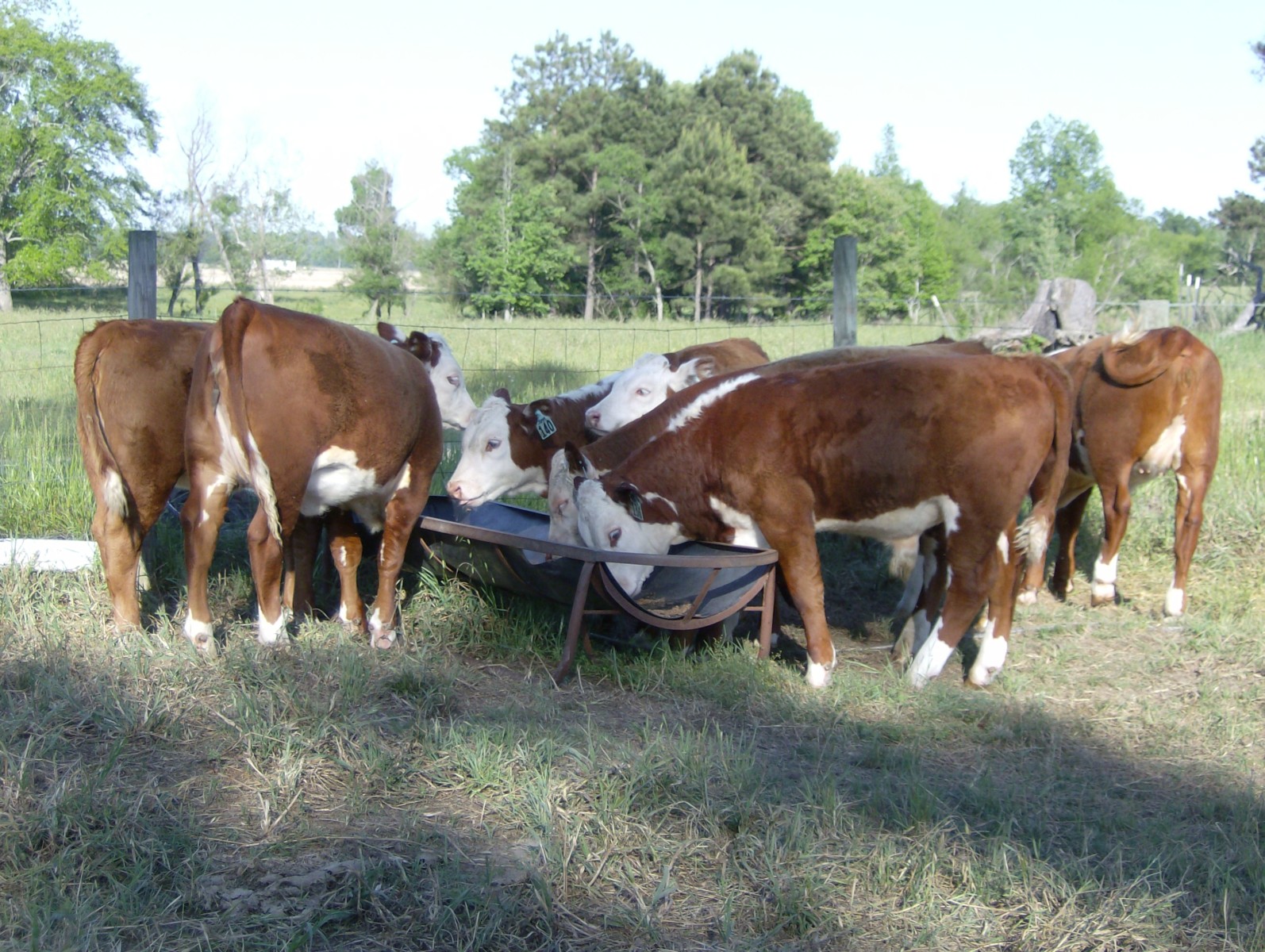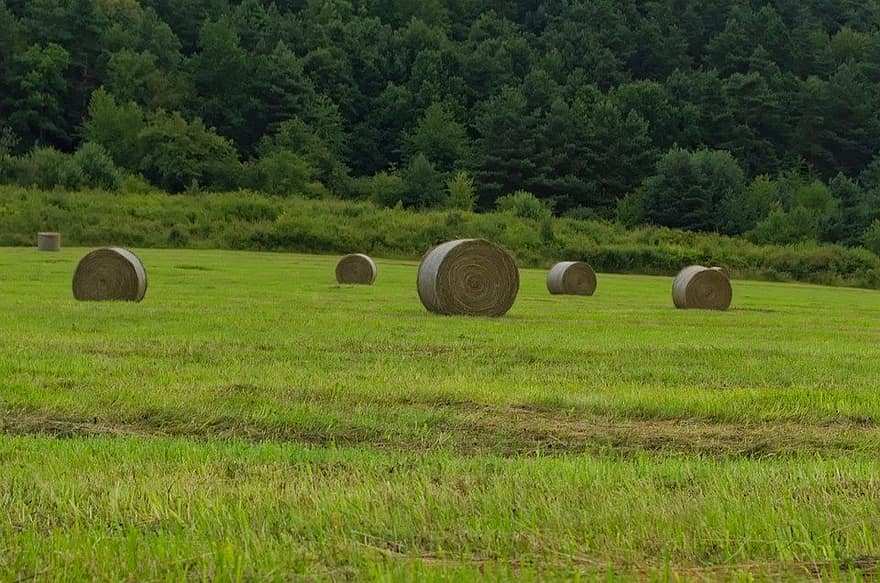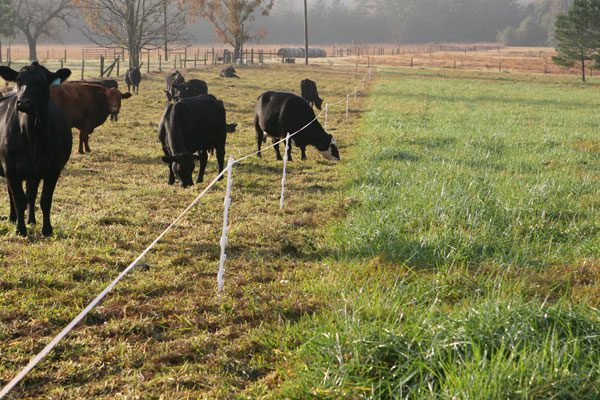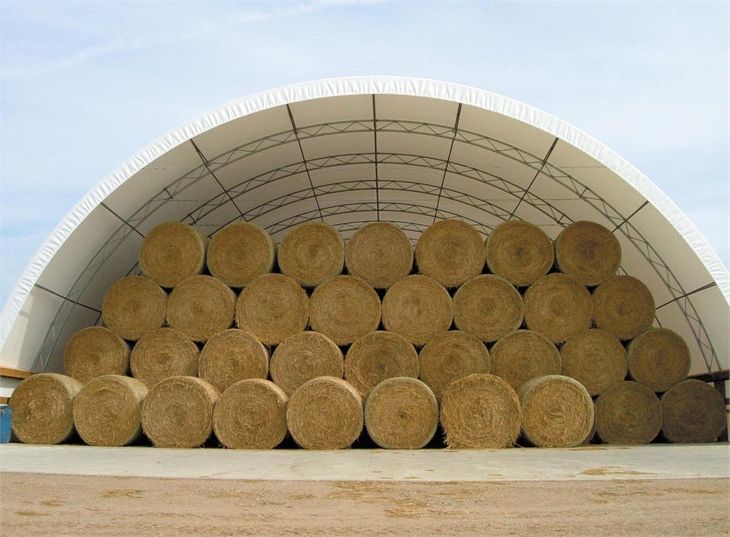winter feeding
-

I am hearing many producers say, “I am not planting winter grazing this year, seed costs and fertilizer is just too high.” My first question is, “are you sure?” To put it bluntly, this year is not the year to NOT plant winter grazing. Why? Well, your first statement is correct, input costs remain high…
-
Using oats as grazing and/ or baleage can sometimes be challenging however; in most years, oats can one of the healthiest and best options for our livestock. Some (most) years, UGA Extension gets calls concerning oats that are discolored, not growing great, or sometimes even dying. Unfortunately, there isn’t always a great answer for why.…
-

Baled silage, or “baleage,” is an excellent way for livestock producers to harvest, storage, and feed forage. Feeding baleage is much different than feeding hay due to the higher moisture content. This higher moisture content makes it much more susceptible to deterioration. Let’s discuss some ways to decrease waste during the feeding of your baleage.…
-

If you are feeding hay in the winter, eventually you are going to have to deal with mud. Mud increases animal stress and can lead to increased production costs. It is important for producers to know how mud limits livestock production and ways to manage this issue. How does mud reduce the profitability of my…
-

The late Alan Nation, longtime editor of ‘The Stockman Grass Farmer’ was fond of encouraging readers to identify any “unfair advantage” they had and to use that advantage to the fullest. Those advantages may be very specific to a particular operation or they may be more regional. In the Southeast, livestock producers can take advantage…
-

Hay is the most widely grown, mechanically-harvested agronomic crop in the United States. According to USDA, in 2019, the United States produced more than 57.7 million acres of forage crops harvested for hay. Annual production from this acreage is over 140 million tons of hay valued at more than 18 billion dollars. Stored feed, including…
-

Calving percentage is widely recognized as the variable having the greatest impact on profitability of a cow-calf operation. Because expenditures for feed are so large, minimizing those costs is perhaps the next most important strategy to enhance profitability. Expenditures for hay or baleage and supplements usually represent the largest portion of the total feed budget. …
-

By Roger Gates Whitfield County CEA Livestock producers who have had to purchase hay in dry years do not need economists to describe the impact of supply on price. The value of an adequate supply becomes increasingly obvious as winter transitions to spring if pasture growth is slow or delayed. At least four factors contribute to…
-

By Ray Hicks Screven County CEC The cost of hay and feed for winter supplementation is one of the largest expenses for cattle producers. Stockpiling bermudagrass or bahiagrass fields for grazing use in the winter can help save on hay cost and labor. You can expect to get 30 to 60 days of grazing from…